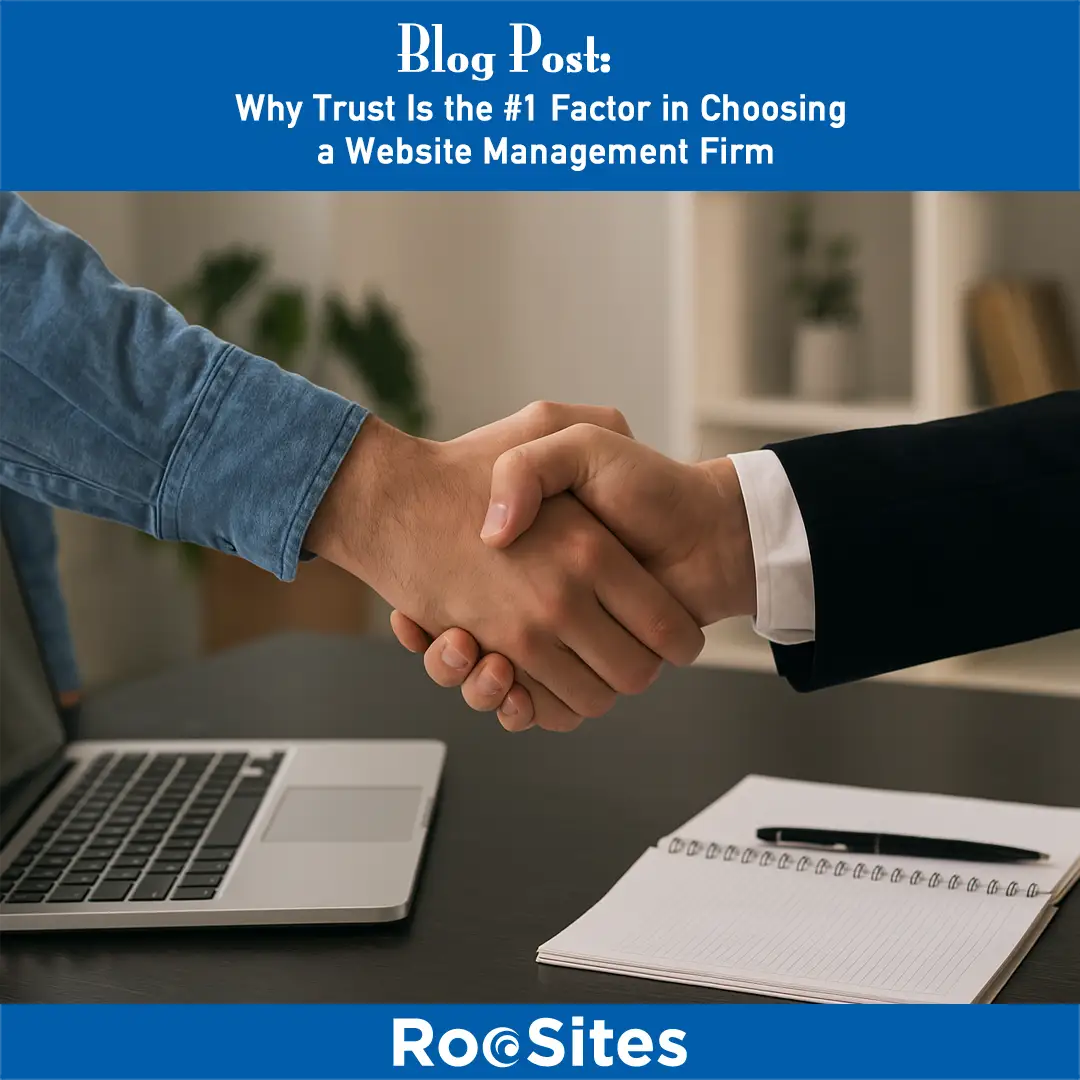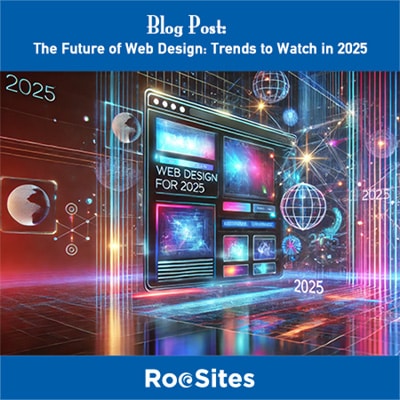 In today’s digital-first world, your website is the face of your business. It’s where potential clients form first impressions, make purchases, schedule appointments, and engage with your brand. That’s why choosing the right Website Management Firm isn’t just a technical decision—it’s a matter of trust.
In today’s digital-first world, your website is the face of your business. It’s where potential clients form first impressions, make purchases, schedule appointments, and engage with your brand. That’s why choosing the right Website Management Firm isn’t just a technical decision—it’s a matter of trust.
Here’s why trust is the single most important factor when hiring a website management partner:
For many businesses, the website is mission-critical. If it goes down, you lose visibility, credibility, and revenue. When you trust your website management firm, you know they’ll monitor uptime, troubleshoot issues promptly, and have your back when it matters most.
Your site may collect sensitive data—from customer information to payment details. A trustworthy firm treats your site’s security as seriously as you do, implementing regular updates, backups, malware protection, and threat detection to keep everything safe.
Website issues don’t follow a 9-to-5 schedule. A trustworthy website management company responds quickly and clearly when you reach out—whether it’s a broken contact form or a late-night outage. You’re not left wondering if help is coming.
The firm managing your website is often the one updating your content, managing your blog, adjusting design elements, and even optimizing for search. If you can’t trust them to understand and represent your brand well, your online reputation is at risk.
A trustworthy partner treats your business like their own. They don’t offer cookie-cutter solutions—they get to know your goals and create strategies tailored to your success. That kind of relationship is built on mutual trust and respect. A good way to gauge this is by reading their testimonials.
When you trust your website management firm, you sleep better at night. You don’t have to micromanage, chase down updates, or double-check their work. You can focus on running your business, knowing your site is in good hands.
There are lots of companies offering web services. Many have fancy portfolios, slick sales pitches, or low prices. But when it comes to something as essential as your online presence, none of that matters if you don’t trust them. The best website management firms earn and keep that trust every single day.
At RooSites, trust isn’t just a buzzword—it’s the foundation of everything we do. We pride ourselves on same-day responses, transparent communication, and proactive website management. From security updates to content changes, our clients know we’re on top of it. With decades of experience and a reputation for reliability, RooSites is the partner you can count on to treat your website like it’s our own. Contact Us today to discuss your website management needs.

Artificial Intelligence (AI) will drive hyper-personalized user experiences. Websites will adapt in real-time to user preferences, browsing history, and behavior, offering content tailored to individual needs.
With the rise of voice search and smart assistants, web design will increasingly focus on voice-first interfaces. Websites will feature intuitive navigation optimized for spoken commands.
3D design is set to become a mainstream trend, with immersive elements providing a more engaging and interactive experience. Expect to see 3D animations, product visualizations, and dynamic effects.
As sustainability becomes a priority, websites will focus on eco-friendly hosting solutions and optimized designs to reduce energy consumption, appealing to environmentally conscious users.
Micro-interactions, such as subtle animations and responsive feedback, will play a crucial role in keeping users engaged and making navigation more intuitive.
AR and VR will enhance user experiences, particularly for e-commerce, real estate, and education. Interactive try-ons, virtual tours, and immersive learning will become standard.
Inclusivity will be at the forefront, with enhanced accessibility features such as voice navigation, screen reader compatibility, and high-contrast modes.
The democratization of web design continues with no-code and low-code platforms, empowering more people to build professional-quality websites without extensive technical knowledge.
Breaking away from traditional grid structures, asymmetrical designs will offer visually compelling and creative layouts that capture attention.
Websites will leverage analytics and user data more effectively to optimize layouts, navigation, and content, ensuring every design choice enhances the user experience.
Web design in 2025 will be an exciting blend of technology, creativity, and user-centric innovation. By staying ahead of these trends, businesses can ensure their online presence remains relevant and engaging. If you need help with designing, developing or managing your website, please contact us and we would be happy to help you and your business!
Related Content
AI and Personalization: A Game-Changer for Small Business Websites